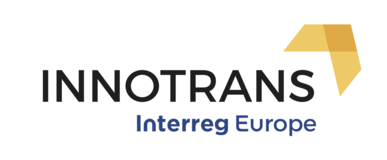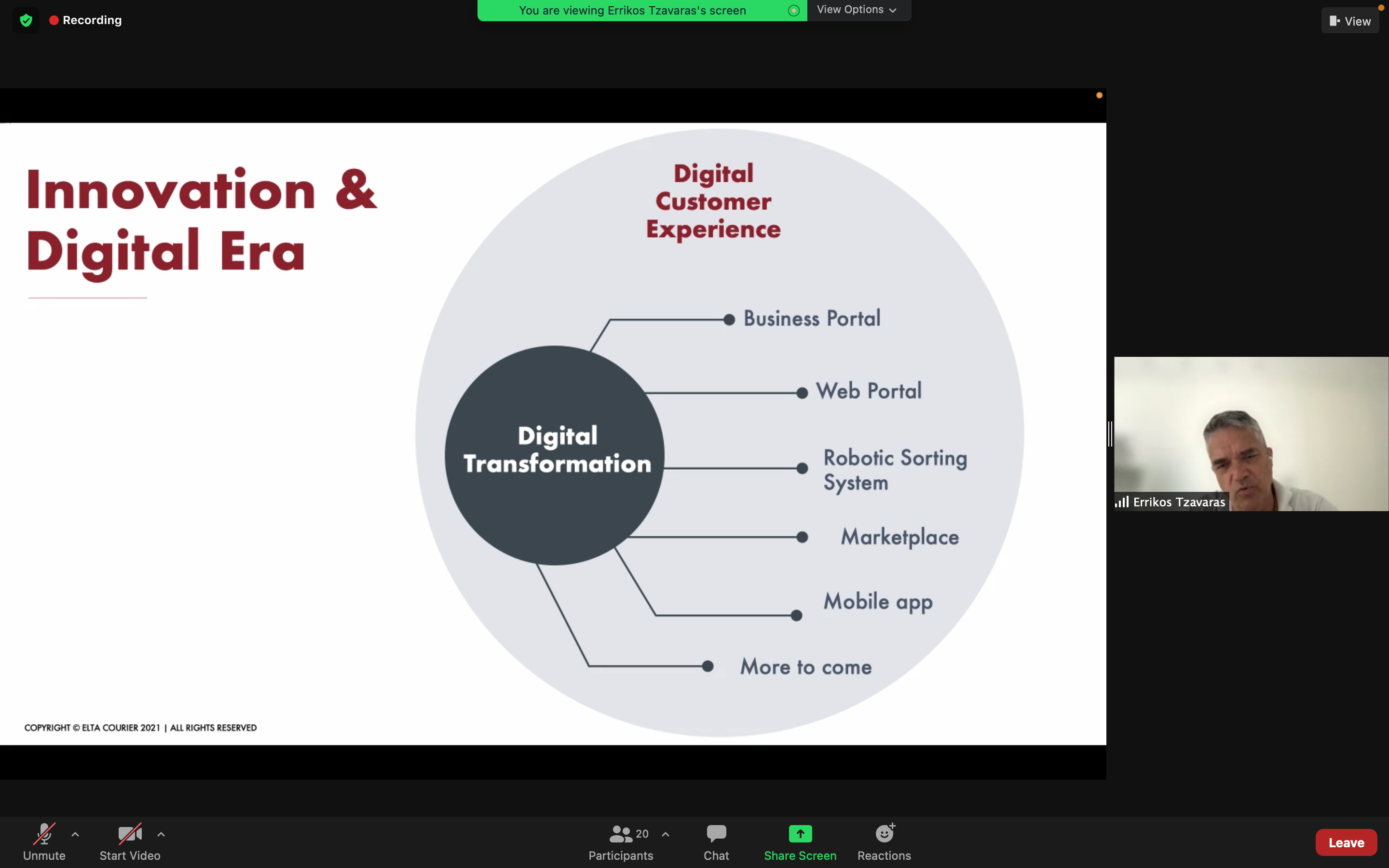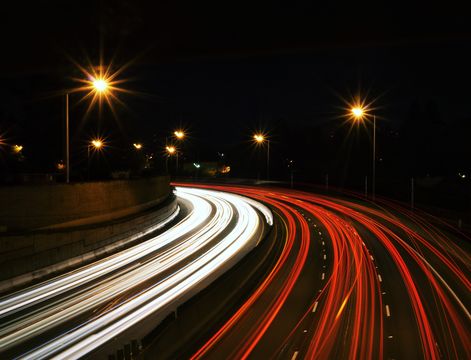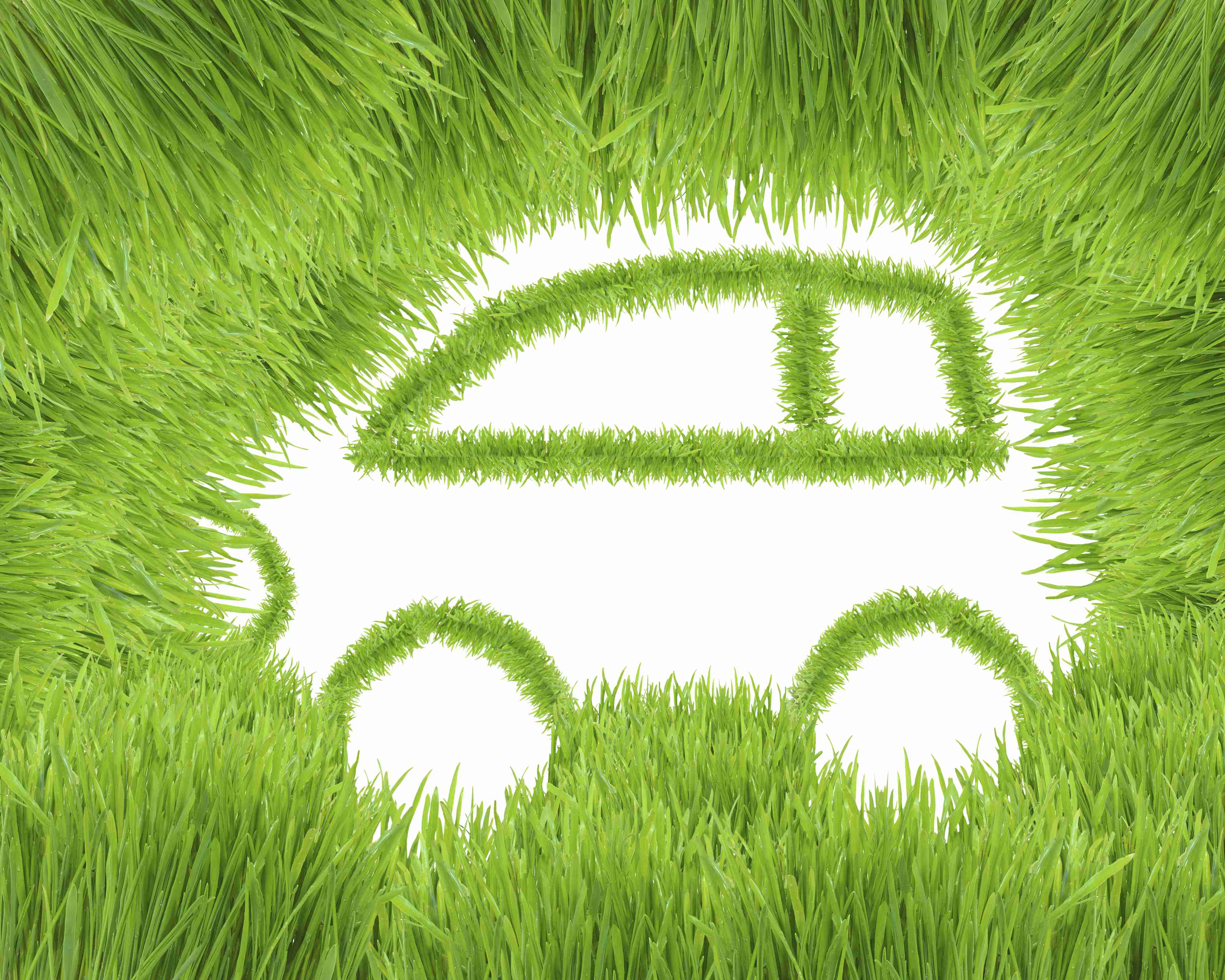INNOTRANS project brings the current debate on clean transport on its website by publishing the article by Sanjeev Kumar.
There is now a clear EU majority, led by the Nordic countries, for tougher targets to cut CO2 emissions. France, home to Renault, Citroen and Peugeot, has said it wants to cut CO2 emissions by 40%.
While officials hammer out the legal details, the EU’s direction is clear: climate change, local pollution and falling clean technology costs are driving deep changes in alternative systems. Intense competition across the value chain of clean vehicles from Japan, China, South Korea and US adds further pressure.
Emissions from transport are a priority because this is the only sector where the level is much higher than in 1990. Alternative fuels are used by less than 4% of cars currently on the road. Diesel, once promoted as the climate-friendly fuel, is now collapsing as a market. Indeed, most major carmakers are now investing heavily in alternative technologies, with China now leading the way in cheap electric vehicles (EVs) .
There is also local pressure on both carmakers and consumers, with city authorities around Europe now enacting bans on dirty cars. On September 30, the Brussels capital region began imposing fines of up to €350 on drivers with diesel Euro 0 and Euro 1 vehicles. And at national level, governments are pledging to end the sale of new petrol and diesel cars over the next few years: this month, Denmark said it would ban them by 2030, following pledges by France and the UK to do so by 2040.
The big questions for the market are about capacity and infrastructure: are there enough charging points?
There are currently just 100,000 charging points in the EU, but the Commission wants 2 million by 2025, a 20-fold increase. Can they charge fast enough? Some carmakers are already answering this: Toyota is working on an electric car battery with a much longer driving range and a much shorter charging time. And can electricity networks rise to challenge? The Connecting Europe Facility (CEF), which supports trans-European networks and infrastructures is actively addressing this issue, identifying missing links and bottlenecks to resolve.
But it is also an opportunity for Europe to capture EV market share. With Chinese, US and Japanese competitors gaining rapidly, it has to adapt. And the demand is there: a recent survey by campaigning NGO Transport & Environment found that 40% of Europeans say they want their next car to be electric or fuel cell-powered. While EVs currently have a market share of just 1.5% in Europe, their numbers are rising fast.
In this context, it’s not hard to see the economic as well as the environmental case for cleaner cars. And it is one that more environmentally-conscious MEPs and member state governments are finally winning in the EU’s corridors of power. It will take time to transform Europe’s car culture, but it is changing.
By Sanjeev Kumar, first published on euractiv.com in Oct. 2018, an abridged text












